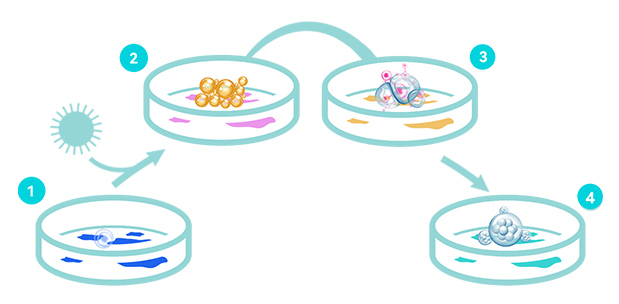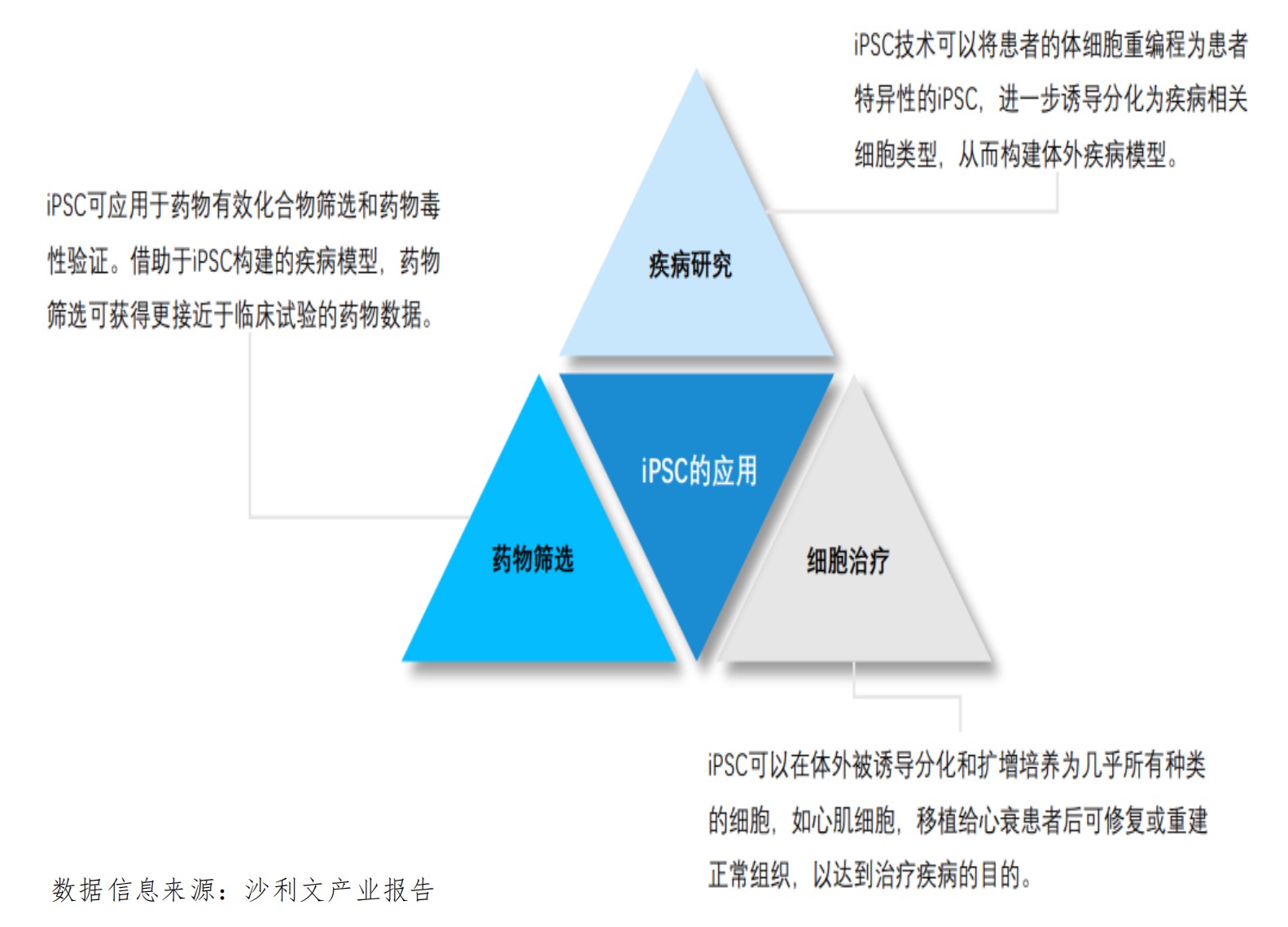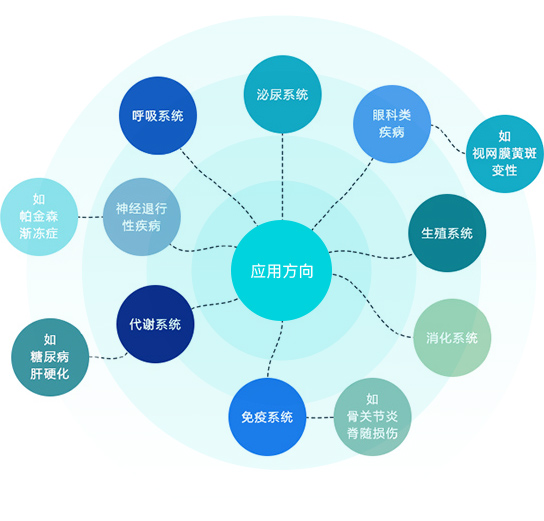"Induced pluripotent stem cells" (iPSC) refers to a type of pluripotent stem cell that is artificially induced by introducing a series of reprogramming factors into mature somatic cells, giving them similar characteristics to embryonic stem cells.


"Induced pluripotent stem cells" (iPSC) refers to a type of pluripotent stem cell that is artificially induced by introducing a series of reprogramming factors into mature somatic cells, giving them similar characteristics to embryonic stem cells.

Potential applications of induced pluripotent stem cells (iPSCs) include their ability to differentiate into various cell types and their strong self-renewal potential. Under certain conditions, iPSCs can differentiate into numerous clinically relevant cell types, such as cardiac cells, neurons, pancreatic cells, blood cells, and bone cells, with millions or even billions of cells obtainable through in vitro culture. Common application areas include neurodegenerative diseases (such as Parkinson's and amyotrophic lateral sclerosis), immune system disorders (such as osteoarthritis and spinal cord injuries), metabolic disorders (such as diabetes and cirrhosis), ophthalmic diseases (such as macular degeneration), reproductive system disorders, digestive system disorders, urinary system disorders, respiratory system disorders, as well as ongoing research for the treatment and recovery of COVID-19 and its aftereffects.
There is boundless hope and significant progress being made in the field of iPSC-based cell therapy.
Differentiation of stem cells

Application areas of stem cells
